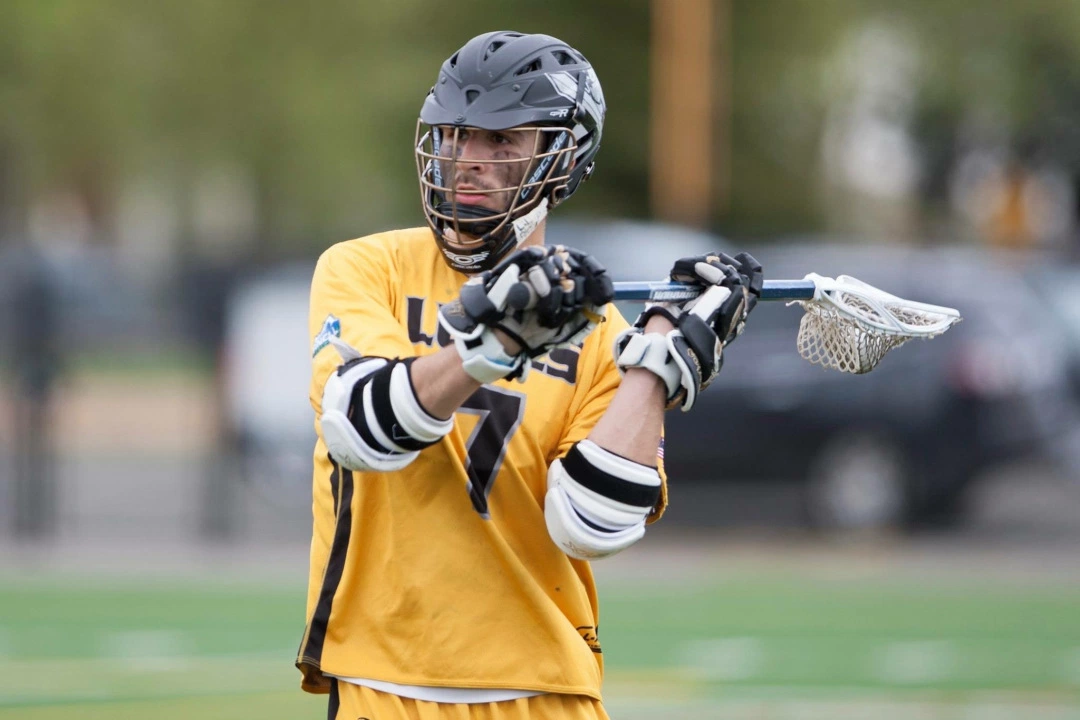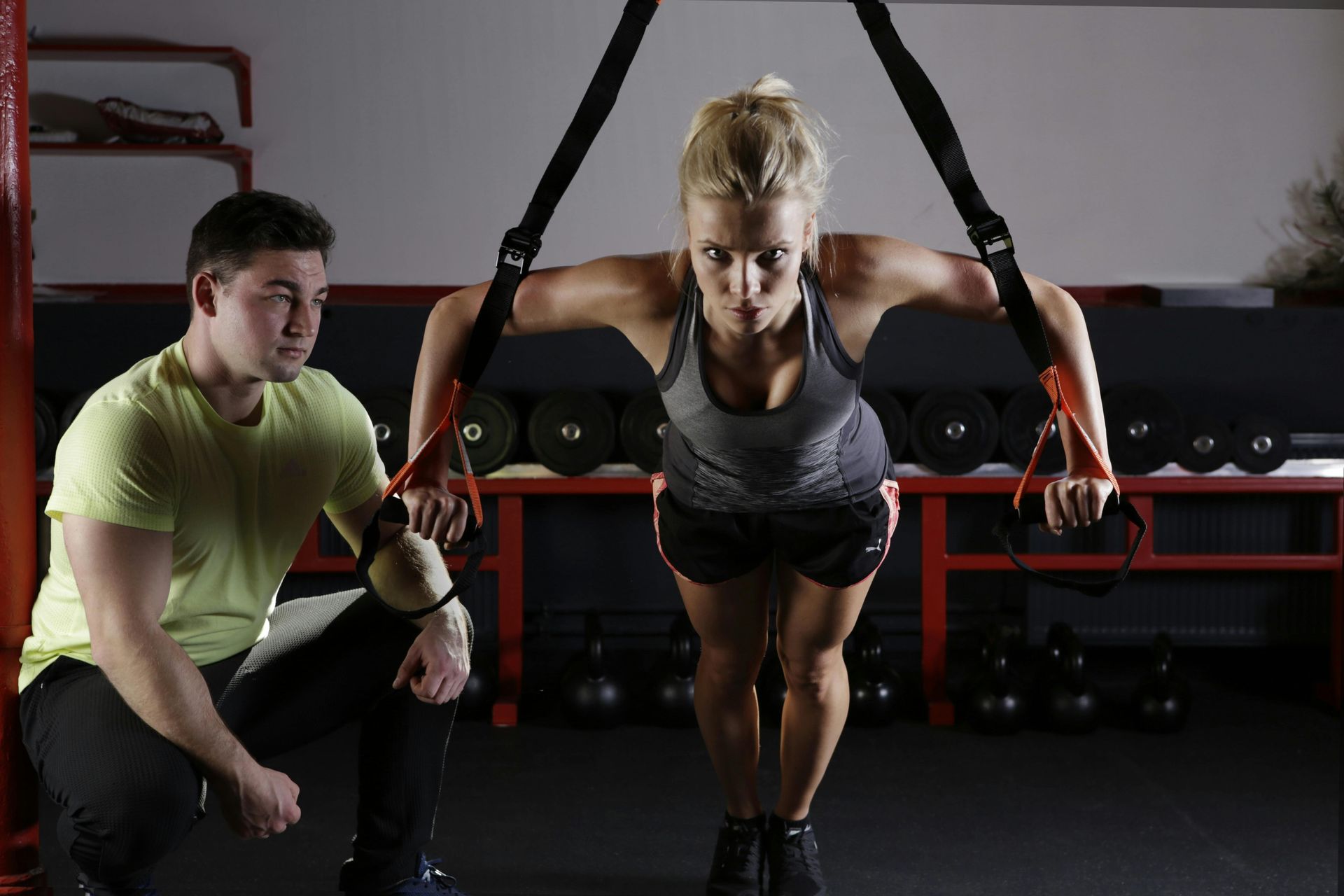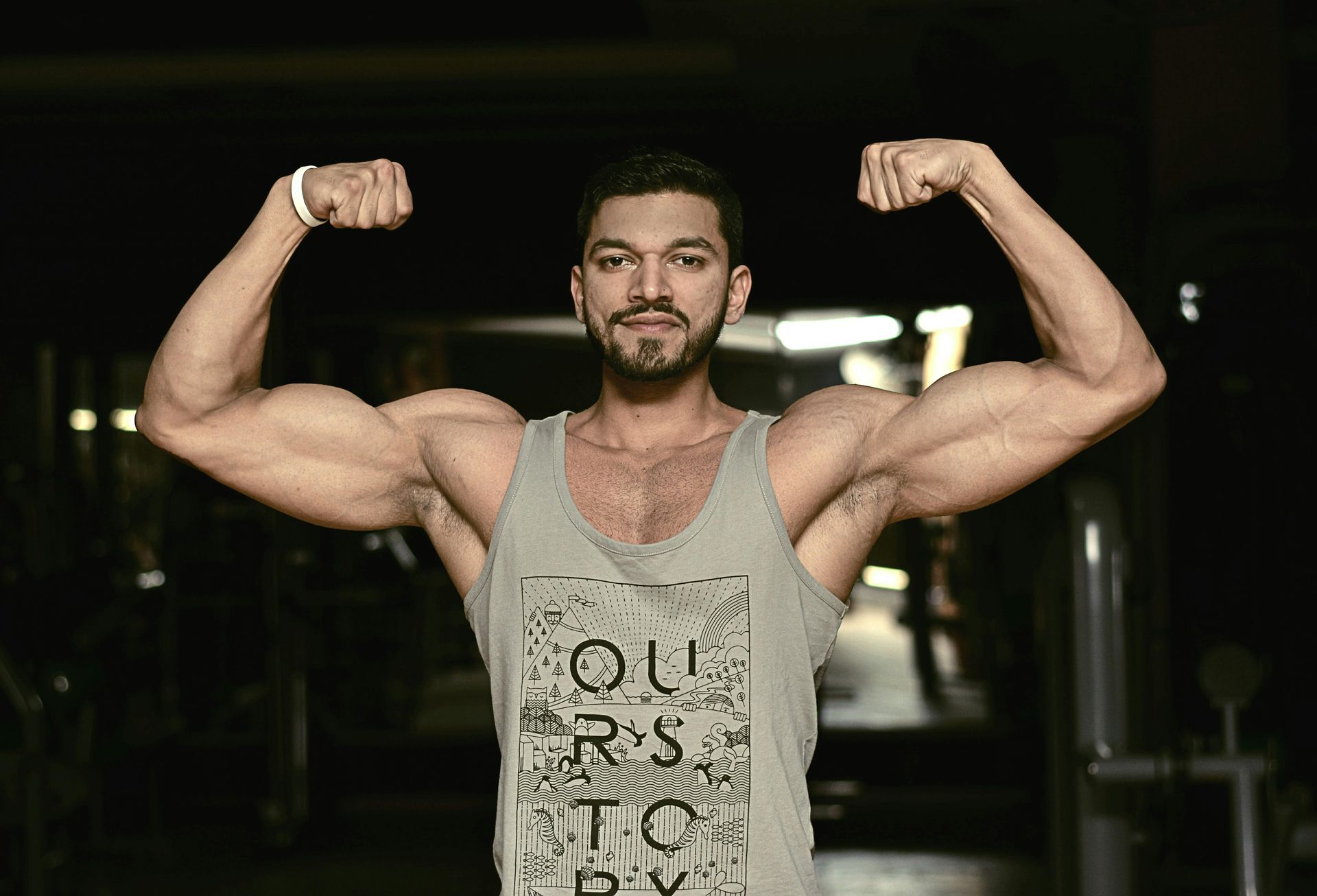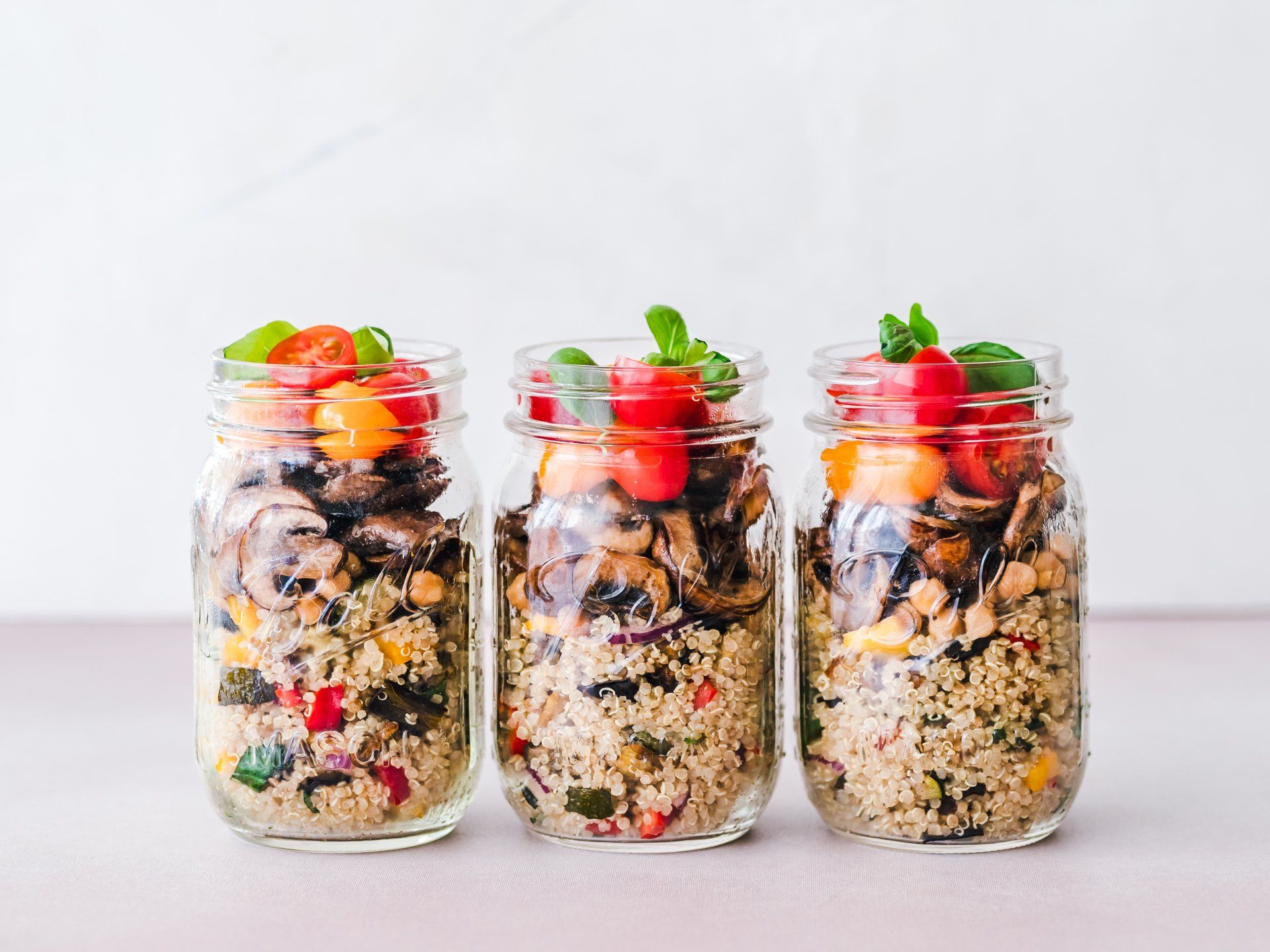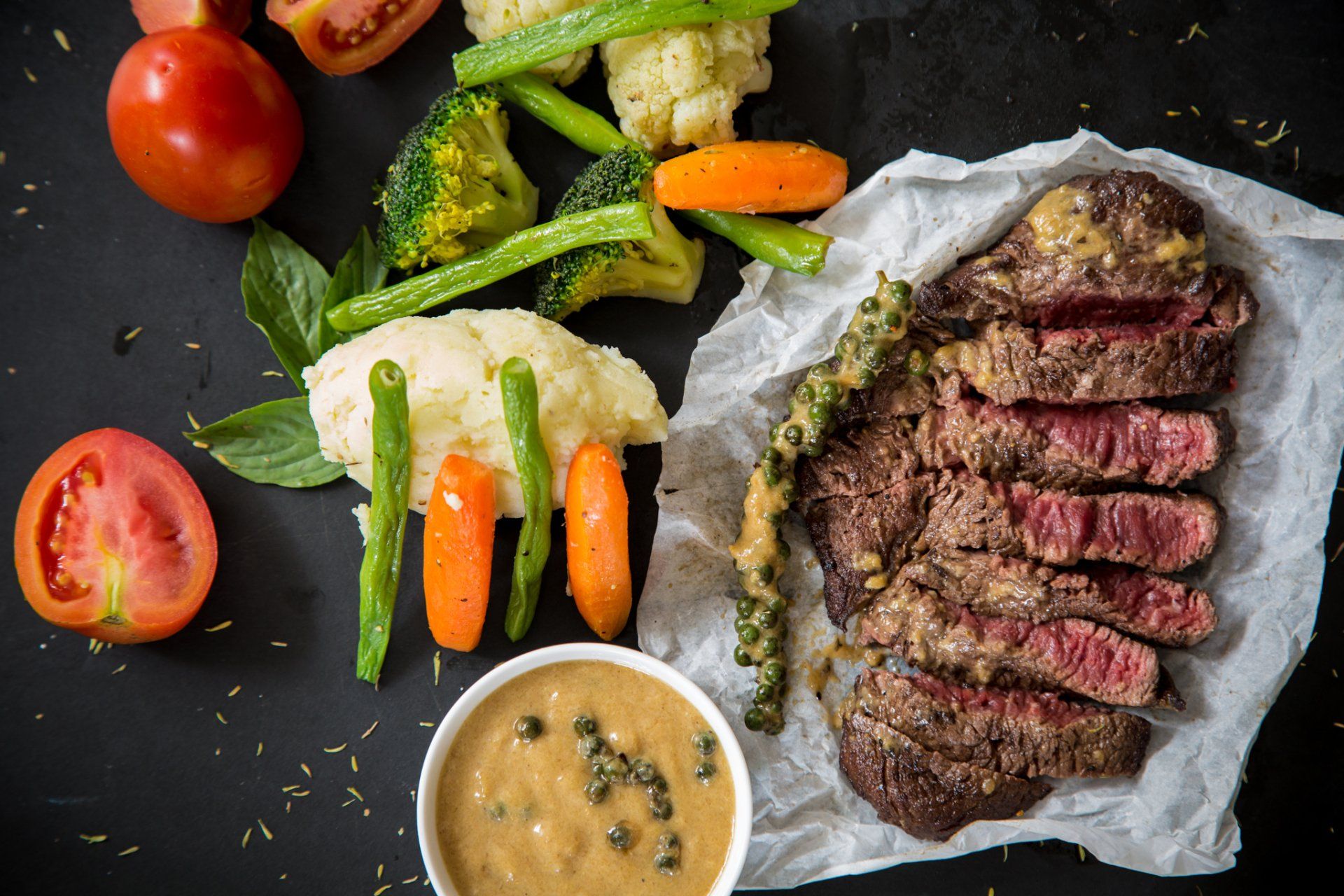(Blog) Why Athlete's need to train In-Season
Your In-Season Training Should Have 2 Main Goals
There are two common mistakes athletes typically make when it comes to in-season training: an underreaction and an overreaction. The overreaction is the need to train the same way during the season as they did in the off-season to maintain results. This is impossible and an unrealistic expectation for athletes to have due to the fatigue from sport specific training. This often results in the athlete becoming burnt out or stopping their training altogether. The underreaction is to do no strength training because there is not enough time or physical energy. Again this is the wrong approach. Most athletes know they should be doing some strength and conditioning training in the off-season. Fewer athletes know they should also be training in-season, and even fewer actually go through it consistently. Throughout college lacrosse I would work hard every off-season to get between 190-200 pounds, only to end the season around 170-180, feeling weak and small again. I want athletes to rethink their perceptions on training throughout the season, and change their approach away from an all or nothing approach, to a more moderate approach.
See article: http://footballscoop.com/news/bill-belichick-players-squatting-80-max-going-full-padded-practices-super-bowl-week/
A lot of the athletes play multiple sports or have extended competitive seasons. Some of my multisport athletes will be playing two or three sports in the same season. An athlete who was going to train when they were out of season would only be able to get stronger 3-4 months of the year. Over a high school career, this would amount to up to 12 months of strength training. Compare this to an athlete who is on a proper in-season program that would complete closer to 4 years worth of strength work. Training consistently increases athletic potential and provides more opportunities to reach their goals.
Off-season training programs are often focused on getting bigger, stronger and faster. To achieve these goals there is typically more volume and energy expenditure. As we shift into in-season training our focus needs to shift. The most important work shifts from physical preparedness to sport specific work, spending less time in the gym and more time in the court.
Off-season training programs should be focused on general athletic preparedness such as getting bigger, stronger and faster. In-season training should shift to focus on the sport being played. The most important work an athlete does in-season is their sport specific training. Strength and conditioning training should be used to supplement sport specific work focusing on two main goals.
A sound in-season program should have two main goals:
-
Keep the athlete on the field
-
Maintain strength
A common phrase between coaches is “The best ability is availability.” We can all think of a professional athlete who is the best in the game… when they are healthy. The goal of in-season training is to keep athletes on the field and help them stay healthy. A solid plan includes using a variety of training modalities including mobility work, myofascial release, breathe work, plyometrics, and strength and conditioning.
Strength is the foundation of all athletic movements, including power, speed and force development. One of the easiest ways to maintain strength throughout a season is to maintain (and possibly increase) muscle mass. Our training will focus on this. We will do full body lifts, focusing on form and feeling it through the belly of the muscle. A typical workout will start with mobilizing the joints and developing breath control, there will be 1 upper body lift, and 1 lower body lift, with 1-3 accessory exercises. I implemented this in-season program for a high school athlete last year. He was not only able to maintain muscle mass but gained 15 pounds throughout his lacrosse season. The bottom of this post will have one of the workouts I used to achieve this.
Our in-season training is based off two rules that guide the whole program. 1) We must cut down weight/volume and intensity during in-season training compared to the off-season. The specific training being done on the field is where we need to direct our intensity and effort. Programs are to be set up to accommodate an athlete’s on-field training throughout the season. 2) When we are programming workouts we count GAMEDAY as the most important day of the week. When programming for the week: GAMEDAY is the number one priority, then practice all other training should be supplemental. By auto-regulating the training session, the athlete should be put in a position to recover and perform at their best.
Athletes who believe in the all or nothing approach will typically get the same result, NOTHING! To continue to improve as an athlete, we need to adjust our mindset to the always something attitude. This is a counter to the all or nothing approach. The always something approach is what we use in our training systems. Instead of not doing a workout, because the athlete is sore from practice, we push our athletes to always do something, but we will autoregulate the workout based on the situation. My goal when working with an athlete that is in-season is to have them feel better physically ending the session then starting it. We might not always be able to turn up the dial to a full intensity workout, but we can adjust and dial down the intensity so that we are constantly moving in the right direction.
Sample In Season Workout
-
Breathe Work – Box Breathing
-
Mobility – For this athlete, we focused a lot on hip, ankle, and shoulders, but this is different for each specific athlete
-
Core Activation – Dead bug variation (2×10) and ( 2×30) planks
-
Slams, Band Pull Aparts, Bridge, BW and Cossack Squats for Warm-up
-
Med ball toss 4×3
-
Goblet Squat with Kettlebell 4×8
-
Push up – 3 seconds lowering, 1-second hold, explode up 3 x12 (followed by band pull a parts 3×8)
-
Physioball curl + bridge 2 x12
-
1 arm dumbbell row 2×15
-
1/2 Kneeling Pallof Press 3×10 (30-sec rest between each side)
-
Breathe Work – Box breathing 2 minutes
*Note this workout was created for a specific athlete that fits their complete in-season training protocol

